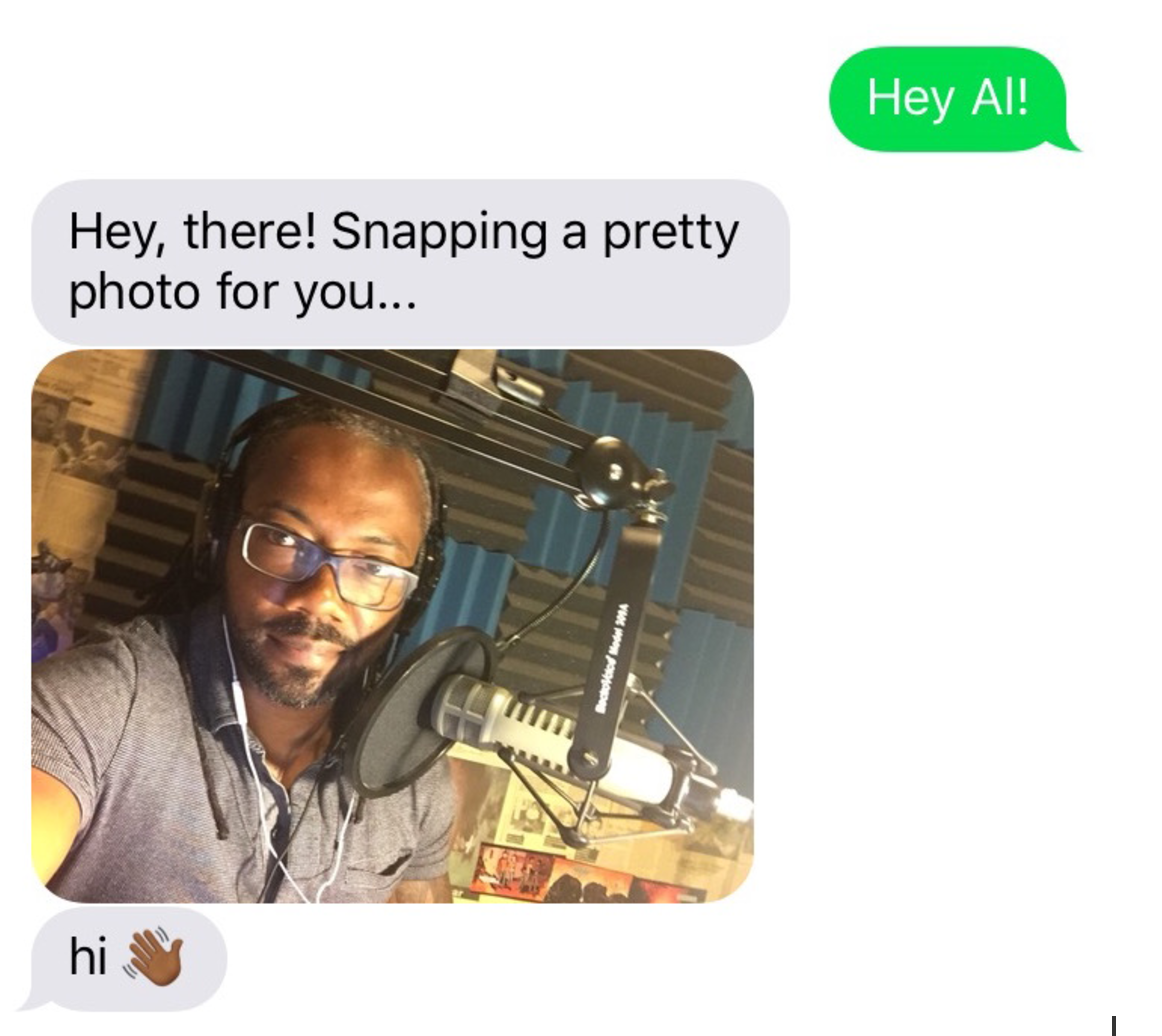The Reveal podcast had a problem: how could it get listeners to go from merely listening to its investigations to looking at the documents firsthand?
The solution? Texting. No, really.
The Peabody Award-winning podcast, which is co-produced by the Center for Investigative Reporting (CIR) and Public Radio Exchange (PRX), recently launched an SMS chatbot to serve up documents, graphics and images for listeners who want to learn more about Reveal’s investigations. About 1.7 million people download Reveal every month, and the Center for Investigative Reporting wants them to be more than passive listeners.
“The bottom line is that our podcast audience is by far our largest audience, and it’s also by far our youngest audience. It’s kind of that holy grail of journalism,” said Amy Pyle, editor in chief at Reveal, which is also a website, public radio program and social media platform. “Because that’s where our audience is, that’s where we want to take our best content.”
The idea for an SMS-based chatbot first began in January after Reveal participated in a design sprint — a process of design, prototyping and user testing for innovative business ideas — with the Stanford University d.school. Pyle said the technological linchpin for solving their problem was pretty simple: listeners’ phones.
“We went in it with a very specific challenge, which is how can we get podcast listeners more involved with the rest of our content,” she said. “From early brainstorming came the idea that the phone is a bridge because it connects people to other things.”
Hannah Young, audience director for Reveal, said that during testing, most people wanted to feel more immersed in the stories featured on the podcast.
“We found out that the thing people really wanted, which was really innovative, is they want to feel like they were part of the actual investigation,” she said. “They think that’s really intriguing and they really wanted to see that — anything for them to feel like they are an investigative reporter.”
After 10 weeks of intense iterative work, the team came up with a solution that would do just that — a chatbot called Amplify. Young said Reveal designed the feature to be as accessible as possible, using SMS instead of a service like Facebook Messenger so that people wouldn’t have to sign in to use it. The project debuted on an early June episode about in vitro fertilization.
“We chose topics that people have a lot of connection with, which prompts people to find out more,” Pyle said.
People can text key words — which Reveal host Al Letson announces periodically throughout a podcast episode — to see photos, documents and other media that relate to the story at hand. The decision to give listeners the power to decide what they do and don’t want to see was a product of user testing during the iteration process.
“They didn’t want us to necessarily decide ahead of time what assets we could deliver,” said Sam Ward, a senior digital producer at Reveal. “As we started to refine our idea farther along, we found that people were interested in the data that was involved in the story, photographs of the main characters and being able to get those things on demand.”
During the show on in vitro fertilization, Letson told listeners to text a specific phone number to get extra media elements throughout the episode. The first thing all listeners saw when they texted in was a selfie of Letson in the studio — something Young said people really responded to.

“People loved that they were getting something you couldn’t get any other place,” she said. “We wanted to incorporate that insider newsroom feel.”
Besides the selfie, texting throughout the episode yielded photos of the people involved in the story and a graph about in vitro fertilization.
“It’s hard when you’re listening and hearing a bunch of numbers to put that into context to see what that means,” Young said. “We’re looking for shows really heavy in data so we can really experiment.”
The entire system jumps through several different technological hoops in order to deliver extra content to listeners. First, a service called Twilio handles incoming text messages and provides the phone number for Reveal. From there, texts go to a service called Flow XO, a platform on which Reveal built its chatbot. Finally, all the extra media is sent from CIR’s servers.
“The chatbot is kind of the glue that holds all those things together,” said Ward, who built the project.
Pyle said Reveal is planning to use the chatbot again in a data-heavy show slated for September, with the long-term goal of including at least one additional media element per podcast episode. One thing the team learned during user testing is that Reveal’s audience had already been trying to find additional information after listening to investigations, Ward said.
“So many of them have a tendency to dig for more information on these stories. Everyone that we talked to said they’d Google things from these stories and look things up in Wikipedia,” he said. “We have things you can’t find on Wikipedia. So if there’s a way we can provide those to our users in a way that is valuable to them, that’s what we want to explore further.”
Beyond giving listeners additional context about the facts and details of specific investigations, Ward said using a chatbot to engage with Reveal’s audience is also a way to set an entirely different kind of tone.
“Podcasting in general is a very intimate and personal listening experience, and to be able to communicate on your phone through text messaging is also another very personal communication medium,” he said.
“The way to bring a new kind of emotion and set a different kind of tone with our audience is really exciting,” Young added.







